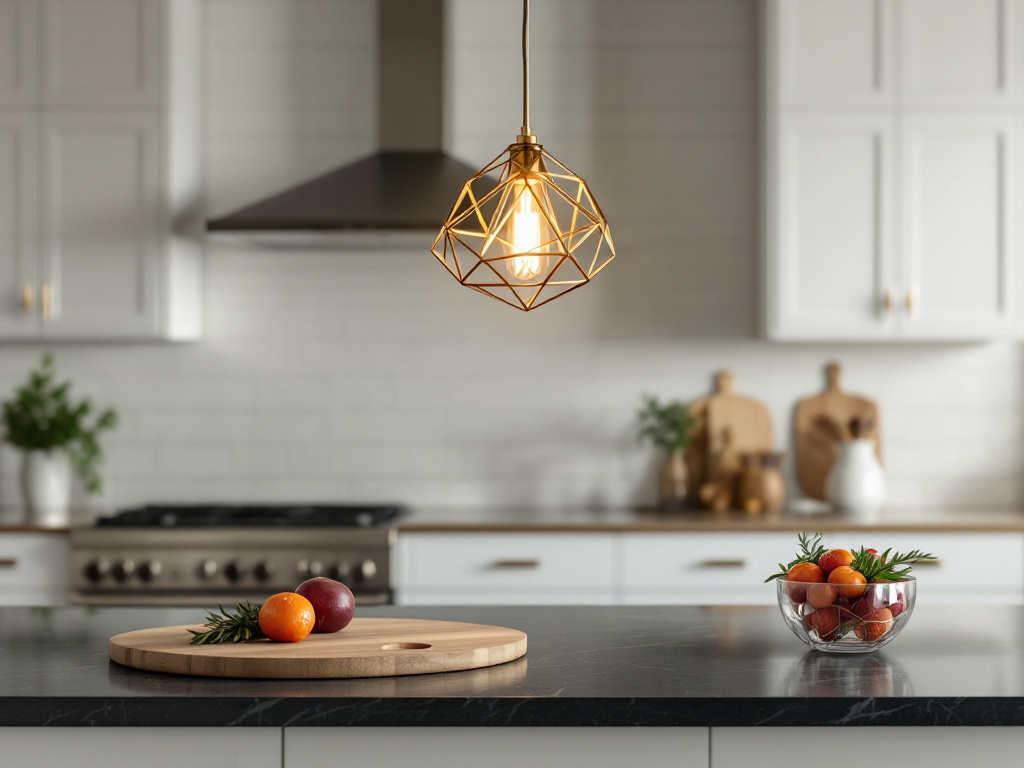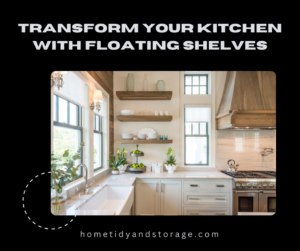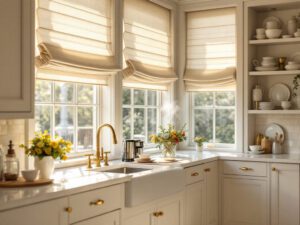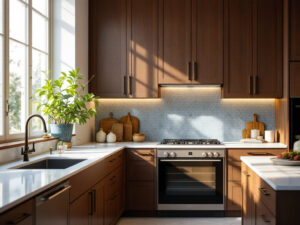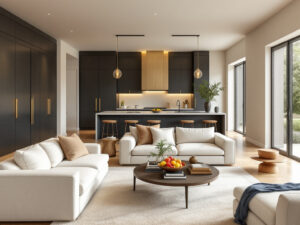When I remodelled my kitchen, I realized how much lighting affects a space. It wasn’t until I hung kitchen pendant lights over my island that my kitchen truly came alive. These lights don’t just brighten the room—they create a cozy atmosphere, add style, and make the space feel complete.
Choosing the right pendant lights can be overwhelming with so many styles, shapes, and materials available. But with the right guidance, you’ll find fixtures that match your kitchen’s vibe and your taste.
Key Takeaways
- Kitchen pendant lights provide both functionality and style.
- They can be used as task lighting or ambient lighting.
- Placement and size are crucial for a balanced look.
What Are Kitchen Pendant Lights?
Kitchen pendant lights are hanging fixtures suspended from the ceiling by a cord, chain, or rod. They’re often used to illuminate specific areas like islands, dining tables, or counters.
Types of Pendant Lights:
| Type | Description | Ideal Placement |
|---|---|---|
| Mini Pendants | Small, single light source | Over narrow counters |
| Multi-Light Pendants | Several lights on one fixture | Large kitchen islands |
| Drum Pendants | Cylindrical shades | Over dining tables |
| Globe Pendants | Round or spherical lights | Contemporary kitchens |
Does a Kitchen Island Need Pendant Lights?
I’ve found that pendant lights over a kitchen island can be both stylish and functional. While they’re not absolutely necessary, they can greatly improve task visibility and add charm. Pendant lights define the island as a focal point and make food prep, dining, or casual chats more inviting. If your kitchen feels dim or lacks character, pendant lights might be the touch it needs. Think about how you use your island and whether you want it to stand out. They’re a simple way to elevate any kitchen’s design and usability.
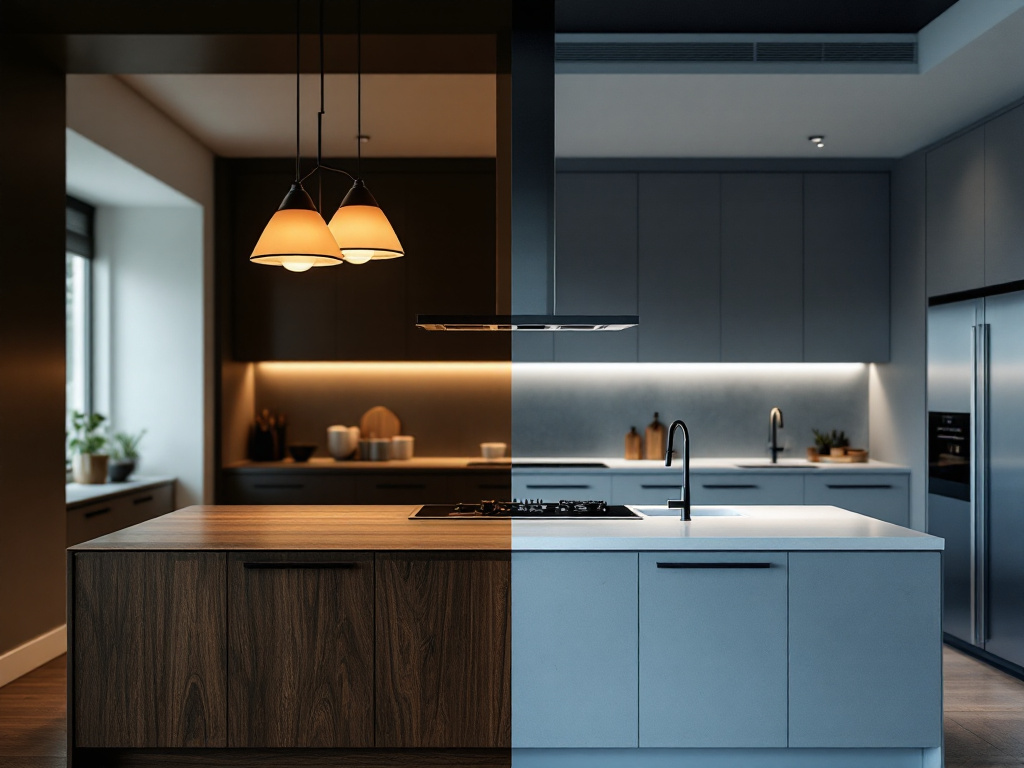
Importance of Pendant Lights in Your Kitchen
When I installed pendant lights in my kitchen, they instantly felt cozier and more sophisticated. Pendant lights serve multiple purposes—they provide focused lighting for tasks, create ambience, and add a decorative element. They help zone your kitchen, especially if you have an open layout, drawing attention to key areas like the island. Whether your kitchen is modern or traditional, the right pendant lights can tie the design together. Plus, they come in so many styles and finishes, making it easy to reflect your taste.
Below is a highlight of the different types of pendant lights available for your selection.
1. Modern Glass Pendant Lights
Glass pendant lights are timeless and versatile. I love how they blend seamlessly with various kitchen styles, from minimalist to farmhouse.
Features to Look For:
- Transparent glass for a clean, open look.
- Frosted or tinted glass for softer lighting.
- Easy-to-clean surfaces.
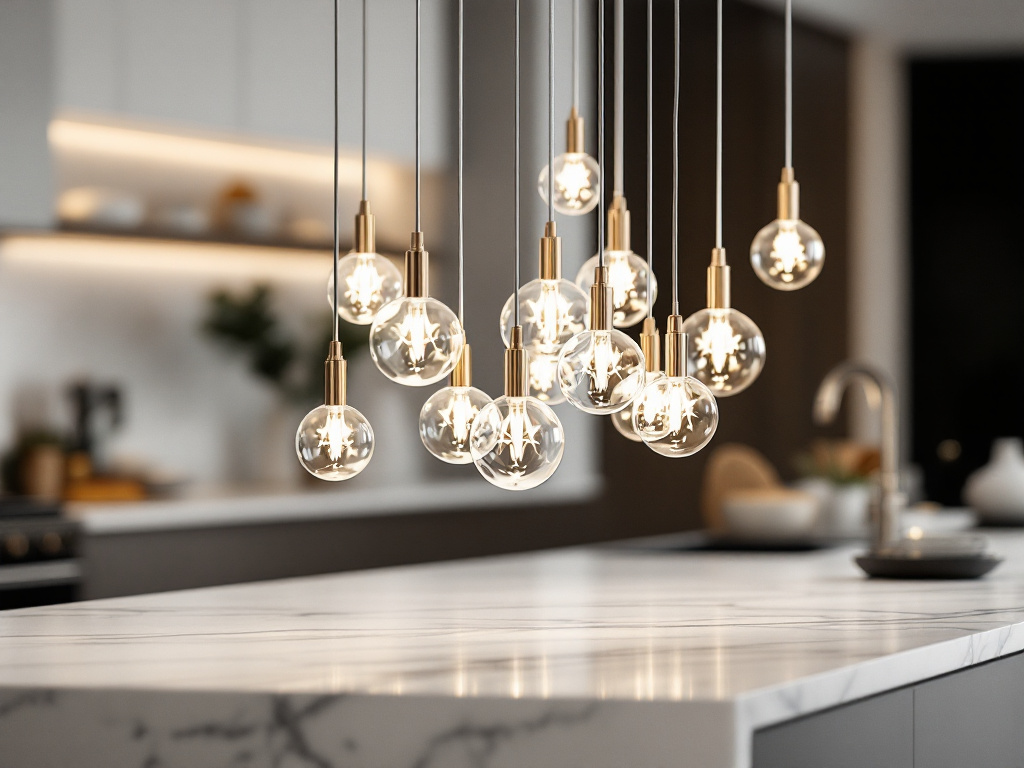
2. Industrial-Style Pendants
Industrial pendant lights bring a raw, edgy vibe to your kitchen. Think exposed bulbs, metal finishes, and bold designs.
Popular Finishes:
- Matte black or brushed steel.
- Copper or bronze for a warmer touch.
- Wire cages or open frames.
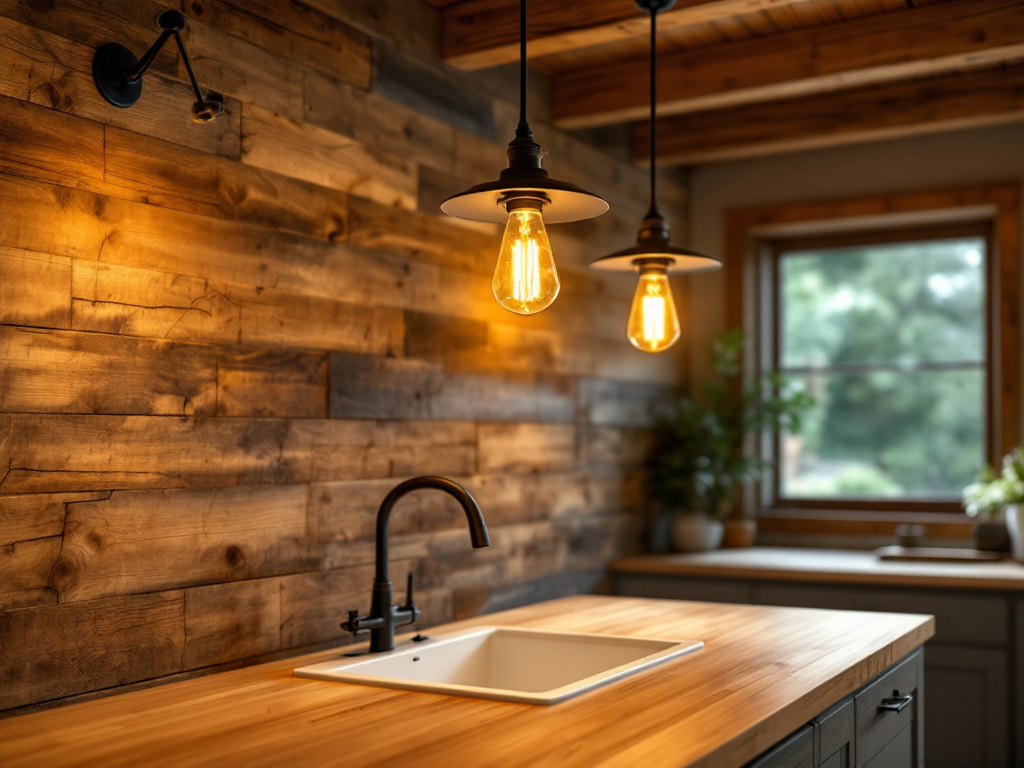
3. Cluster Pendant Lights
Cluster pendant lights combine multiple light sources in one fixture. They’re great for making a bold statement.
Where to Use:
- Over large kitchen islands.
- Above dining tables in open-plan kitchens.
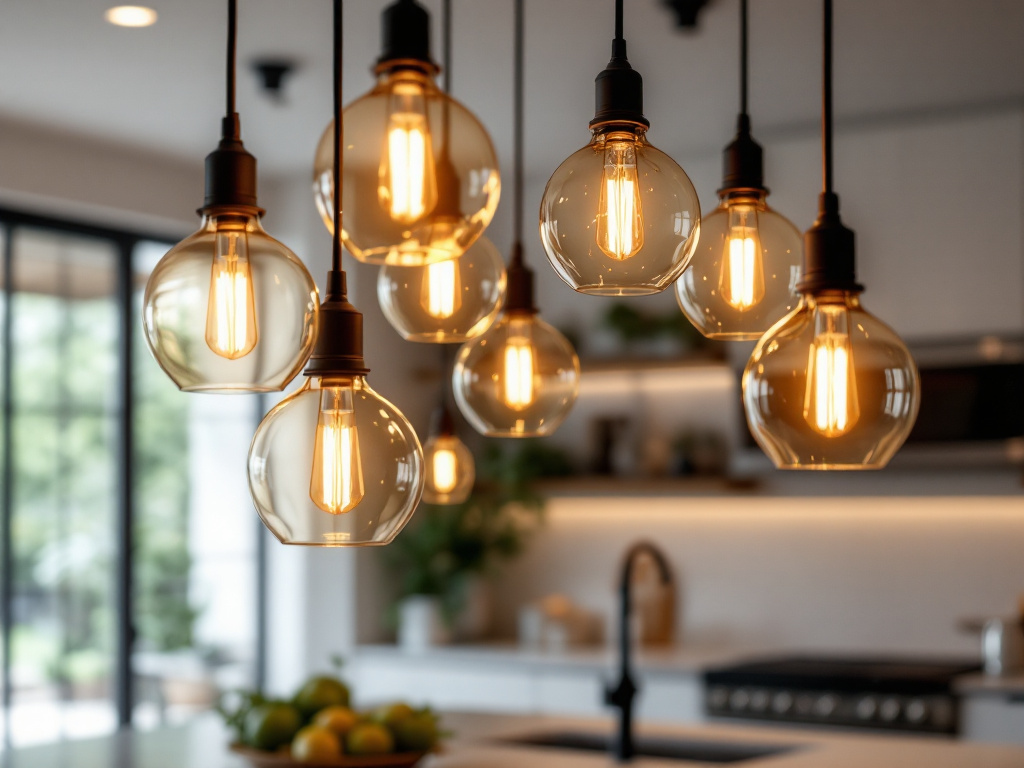
4. Mini Pendant Lights
Mini pendants are small but mighty. They’re perfect for focused lighting over smaller areas like a breakfast bar.
Advantages:
- Budget-friendly.
- Easy to install and replace.
- Works well in multiples for a cohesive look.
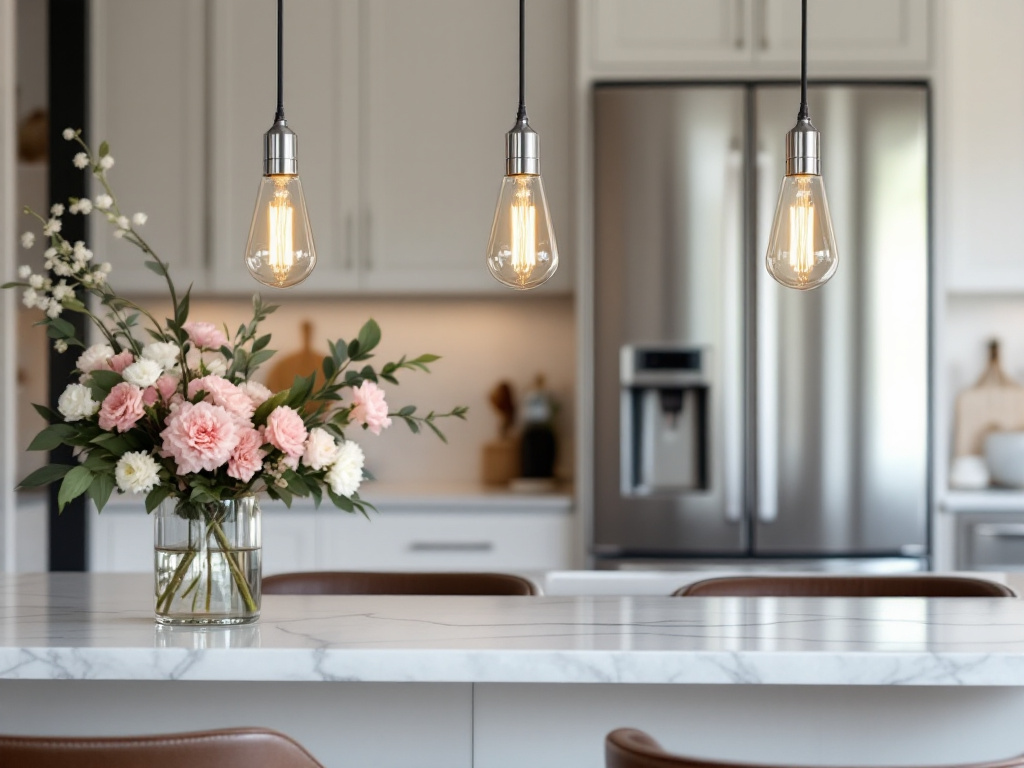
5. Vintage-Style Pendants
Vintage pendant lights add charm and nostalgia to your kitchen. I adore fixtures with Edison bulbs and distressed finishes.
Best Matches:
- Farmhouse or rustic kitchens.
- Kitchens with wood or brick accents.
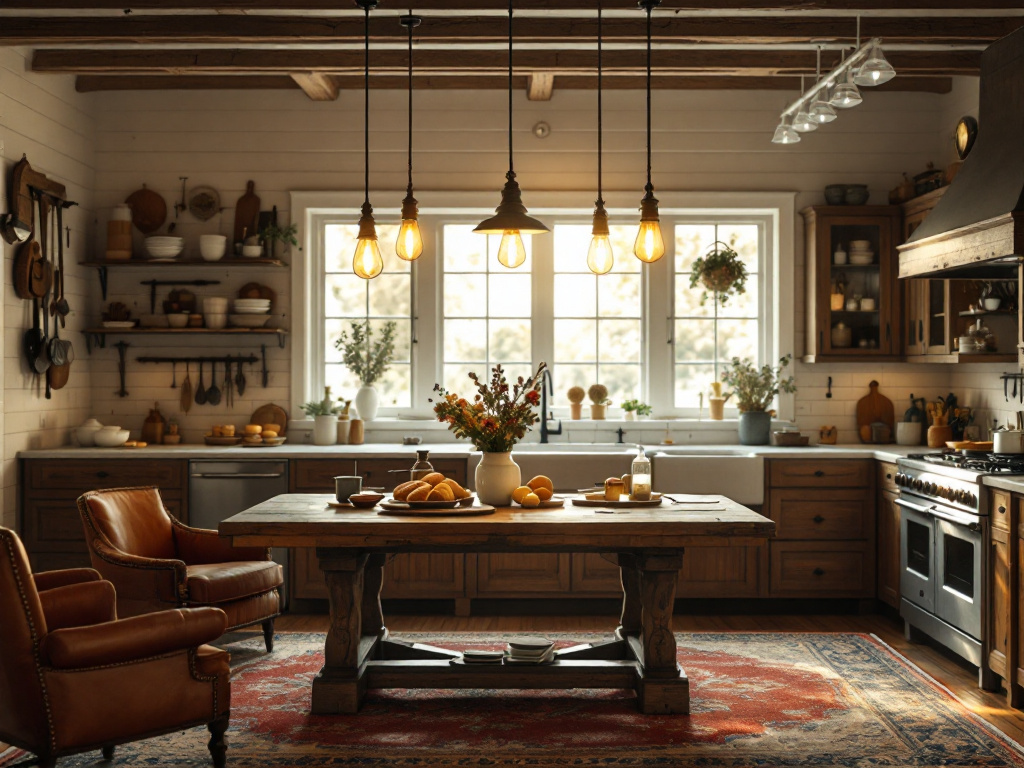
6. Drum Pendant Lights
Drum pendants feature a cylindrical shade that provides diffused light. They’re elegant and functional.
Ideal Uses:
- Over round dining tables.
- In kitchens with high ceilings.
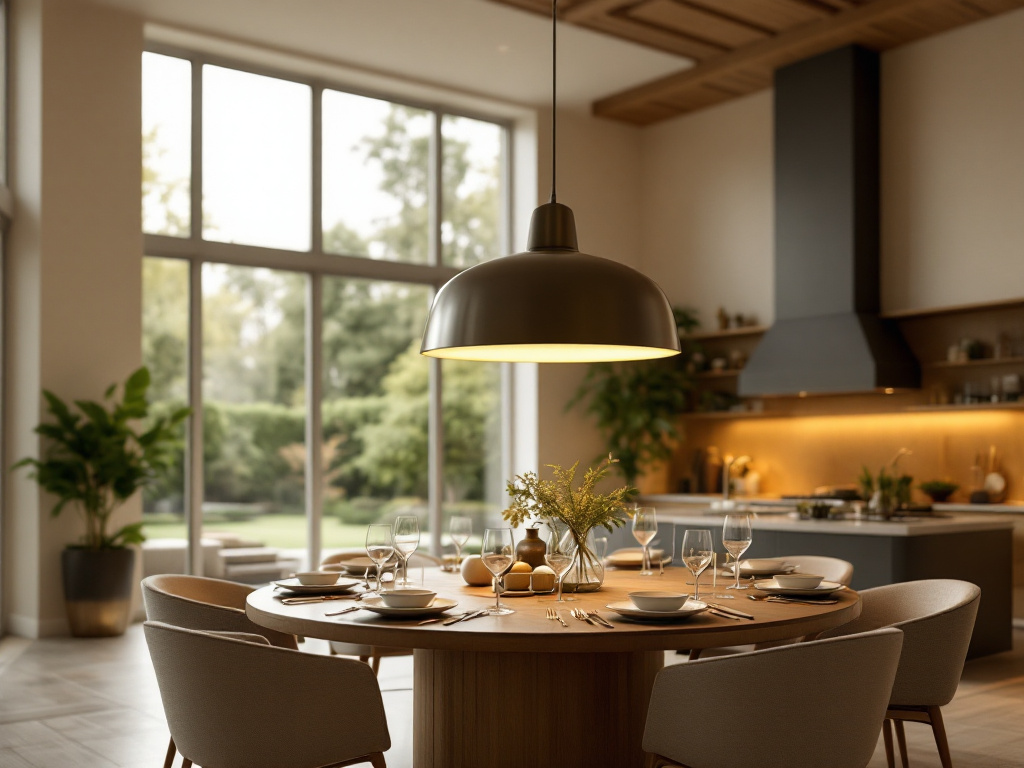
7. Colored Pendant Lights
Want to add a pop of colour? Coloured pendant lights are a fun way to brighten your space and showcase your personality.
Tips:
- Match the colours to your kitchen palette.
- Use bold colours sparingly to avoid overwhelming the space.
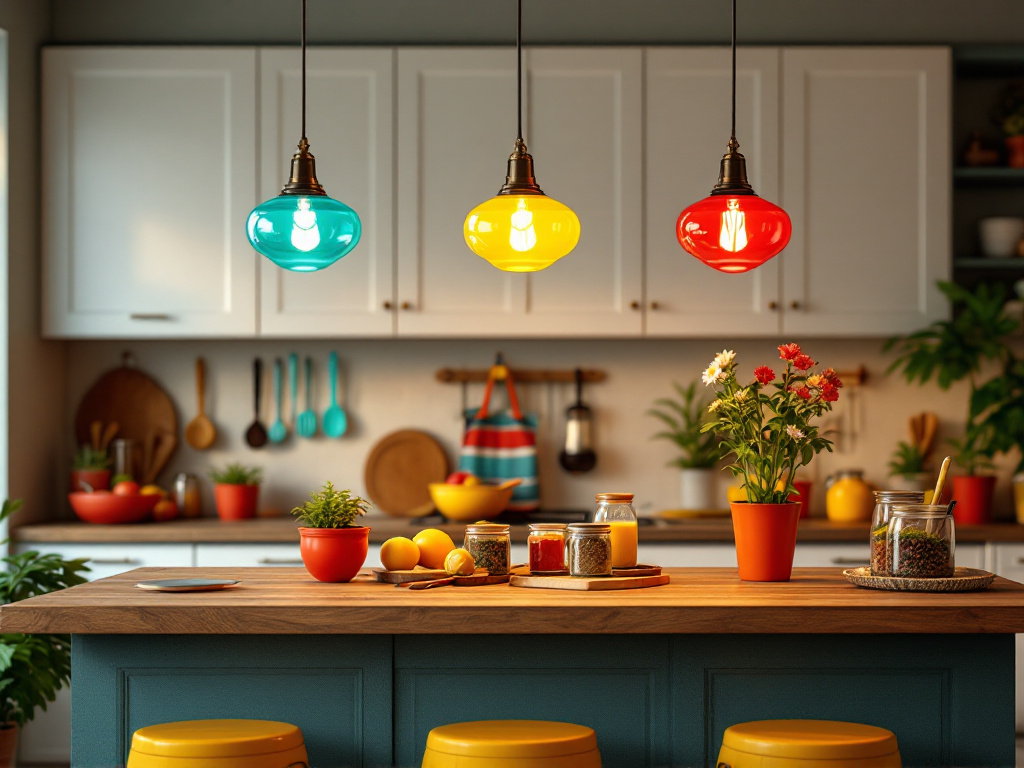
8. Multi-Light Pendant Fixtures
Multi-light pendants are perfect for large kitchens. They distribute light evenly and create a balanced aesthetic.
Common Designs:
- Linear fixtures for islands.
- Circular fixtures for central lighting.
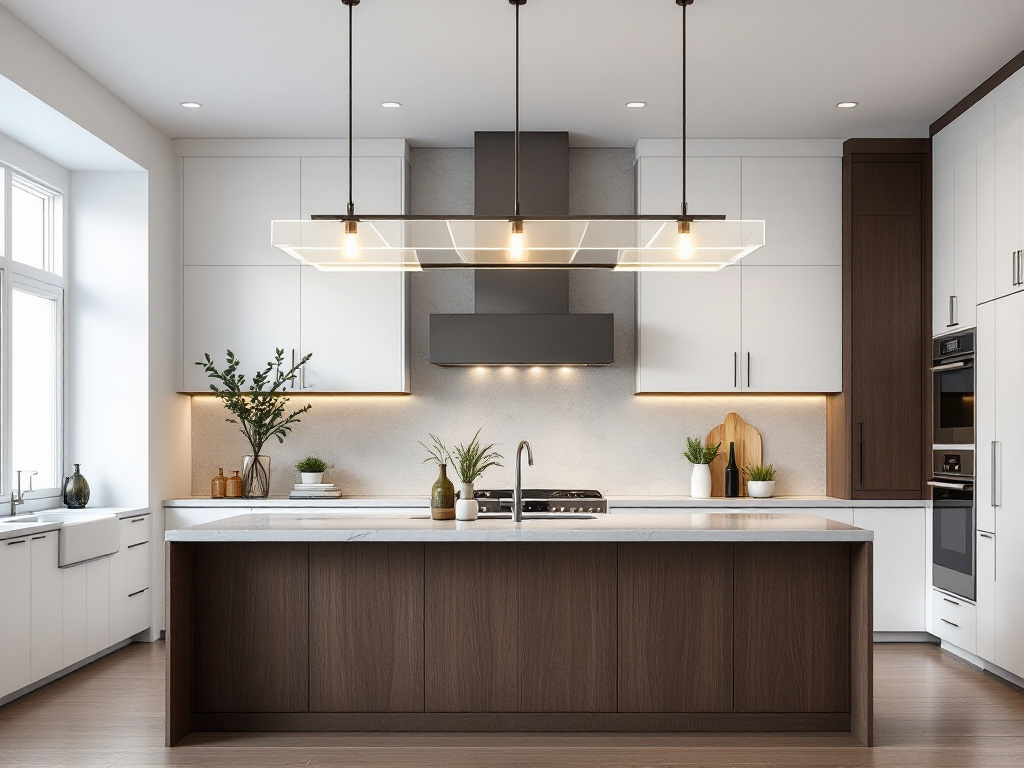
9. Adjustable Pendant Lights
Adjustable pendant lights let you customize the height based on your needs. I love how practical they are, especially for kitchens with different lighting zones.
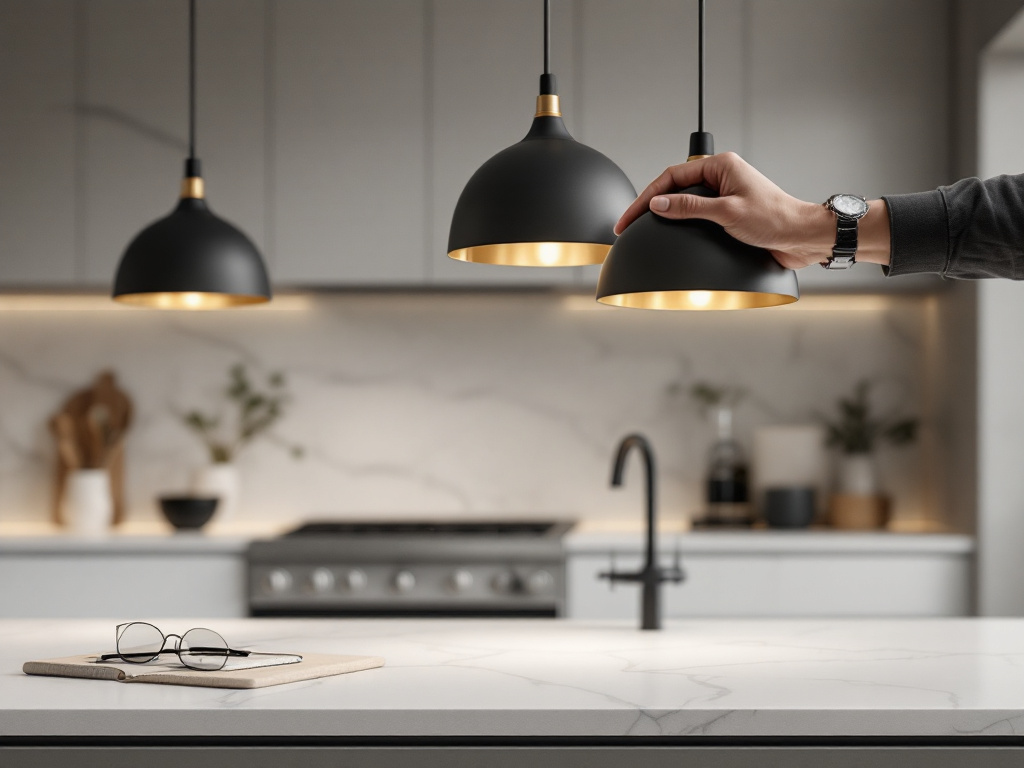
10. Smart Pendant Lights
Smart pendant lights are the future of kitchen lighting. Control brightness, colour temperature, and even schedules with your phone or voice assistant.
Benefits:
- Energy-efficient.
- Customizable lighting modes.
- Perfect for tech-savvy homes.
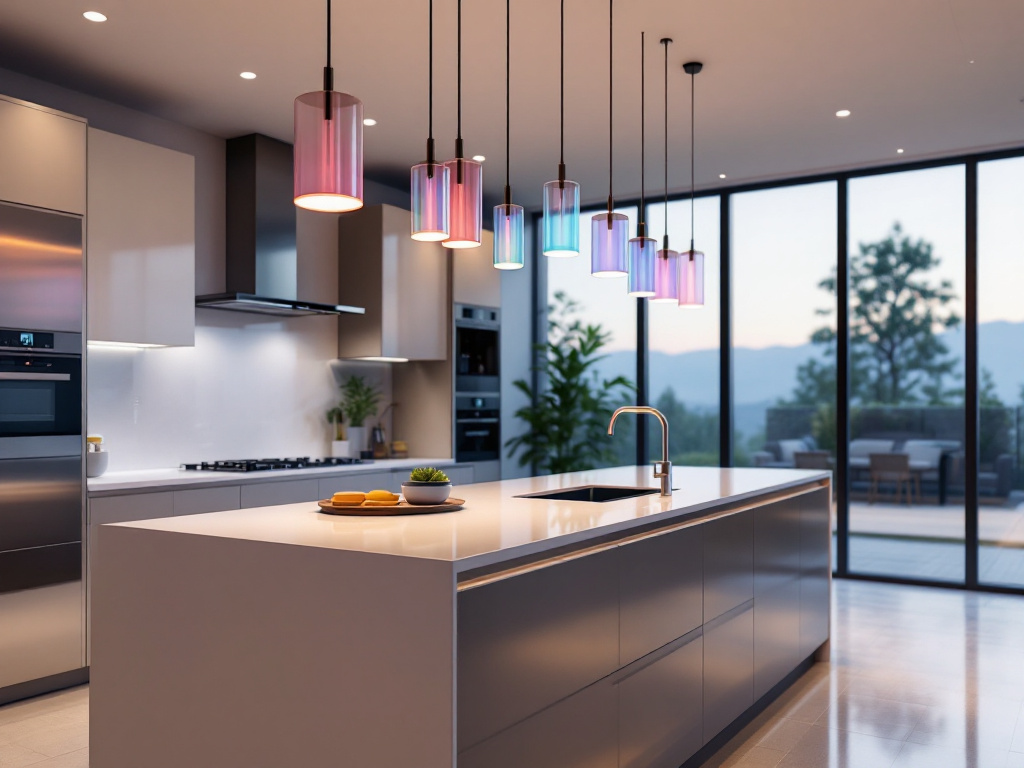
How to Choose Pendant Lights for Your Kitchen
Choosing pendant lights can feel overwhelming, but I found it fun once I knew what I needed. Start with the style: Do you prefer sleek modern lines or rustic charm? Next, think about function—task lighting, ambient lighting, or both. Then, consider size: pendants should be proportional to the island or table they hang over. Finally, match the finish to your kitchen hardware for a cohesive look. Picking the perfect pendants can truly elevate your kitchen’s style and functionality.
How High Should Kitchen Island Pendant Lights Be?
The first time I hung my kitchen island pendants, I accidentally placed them too low. It felt like an obstacle course! Ideally, pendant lights should hang 30–36 inches above the countertop. This height keeps the lights functional without obstructing views or conversations. For ceilings higher than 8 feet, add about 3 inches for every additional foot.
Always test the height before finalizing. You’ll know you’ve got it right when the lights are practical for tasks and don’t block sightlines across the room.

Pendant Light Intensity and Direction
I remember the first time I installed pendant lights in my kitchen—I was amazed at how they transformed the space. But I quickly learned that the intensity and direction of light-matter a lot. Pendant lights can offer ambient, task, or accent lighting depending on the bulb’s brightness and shade design.
For task lighting, like chopping or reading recipes, choose downward-facing pendants with higher-lumen bulbs. For a cozy, ambient glow, go for dimmable options with warm tones. The light direction also plays a role; opaque shades focus light downward, while clear shades spread light across the room.
How Bright Should Kitchen Pendant Lights Be?
Brightness depends on its purpose. For task lighting, I recommend 60–75 watts (800–1100 lumens) per light. If the pendants are primarily decorative or ambient, 40–60 watts (450–800 lumens) work well. I chose dimmable bulbs for flexibility, letting me adjust the light based on the mood or time of day. A well-lit kitchen feels welcoming, and pendants with the right brightness level can make all the difference.
How Far Apart Should Kitchen Pendant Lights Be?
Spacing pendant lights correctly was a game-changer in my kitchen. A good rule of thumb is to space them 24–30 inches apart. Measure from the center of one pendant to the center of the next. For smaller islands, two pendants might suffice, but for longer islands, three or more evenly spaced lights work best. Proper spacing ensures balanced light distribution and avoids overcrowding.
How Big Should Kitchen Pendant Lights Be?
Pendant size can make or break your kitchen’s look. As a general rule, pendants should be 10–15 inches in diameter for small islands and 16–20 inches for larger spaces. For a dramatic effect, oversized pendants can work if there’s enough room. To get the proportions right, ensure the pendants are no wider than ⅔ the width of your island. Balancing size with style ensures your kitchen feels cohesive.
Maintenance Tips for Pendant Lights
Cleaning pendant lights may not be fun, but it keeps them shining beautifully. I make it a habit to dust my pendants weekly to prevent grime buildup. For glass or metal fixtures, use a damp microfiber cloth to wipe them down. Be sure to turn off the power and let the bulbs cool before cleaning. If your pendants have intricate designs, a small brush or vacuum attachment can help.
Cleaning Steps:
- Turn off the power and let the lights cool.
- Use a microfiber cloth to wipe dust.
- For glass fixtures, use a glass cleaner and a soft cloth.

Conclusion
Kitchen pendant lights are more than functional—they’re a design statement. From modern glass to vintage-style fixtures, there’s something for every taste and need. With thoughtful placement and the right design, these lights can transform your kitchen into a welcoming and stylish space.
If you’re considering a lighting upgrade, start exploring the endless options for kitchen pendant lights. Trust me, the right choice will brighten not just your kitchen but your entire home.

